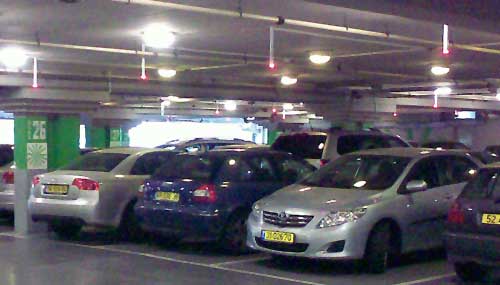A friend pointed me at this image, which seems to have gone viral online:

Now, this is pretty hilarious as a joke, but there are some serious comments it brings to mind.
First, the “normal” laundry instructions use icons instead of words, but unless you’re a laundry expert these convey no universally obvious meaning (the leftmost one in this image excepted, but that one uses text). This reinforces an earlier post on this blog: pictographic instructions are not always a good idea!
More important: the reference to mother’s knowledge is something no manufacturer would ever use in an instruction sheet, but it makes a whole lot of sense: sometimes the best way to access knowledge is by relying on others. Depending on the subject, you can learn a great deal from your mother (or father), from your coworkers, from your boss, from your friends… a process that throughout most of human history was the preferred method. Mother would teach daughter how to care for a baby (or, yes, do the laundry), father would teach son how to sow, or fish, or hunt, tribe elders would pass on the group’s history and lore… as the Beatles said: “Though she was born a long, long time ago – your mother should know!”
And even today, much knowledge is moved around this way. And many young people do ask their parents for advice; the parents in turn benefit from their kids’ expertise in other areas. No one, incidentally, reads the manufacturer manuals! These would get much better results if instead of the reams of multilingual safety appendices that everyone ignores they’d simply say “as to how to use this device safely – you really want to ask your Dad!”…










 But here you see a sign I saw in Jerusalem on the wall of a house, next to its private parking area. It too says “Private parking – unauthorized vehicles will be towed”. But it does it in a much more friendly way… because of the little rose engraved between the lines. No idea who had this strange idea. Perhaps the owner likes flowers, as attested to by the bed of geraniums right under the sign? I can’t recall ever seeing a sign forbidding anything that left me in a cheerful mood, but this one certainly did.
But here you see a sign I saw in Jerusalem on the wall of a house, next to its private parking area. It too says “Private parking – unauthorized vehicles will be towed”. But it does it in a much more friendly way… because of the little rose engraved between the lines. No idea who had this strange idea. Perhaps the owner likes flowers, as attested to by the bed of geraniums right under the sign? I can’t recall ever seeing a sign forbidding anything that left me in a cheerful mood, but this one certainly did.






